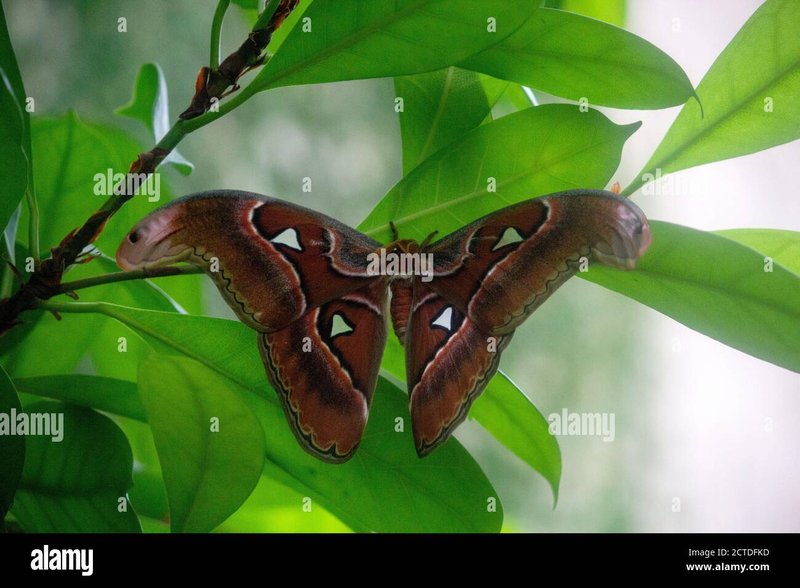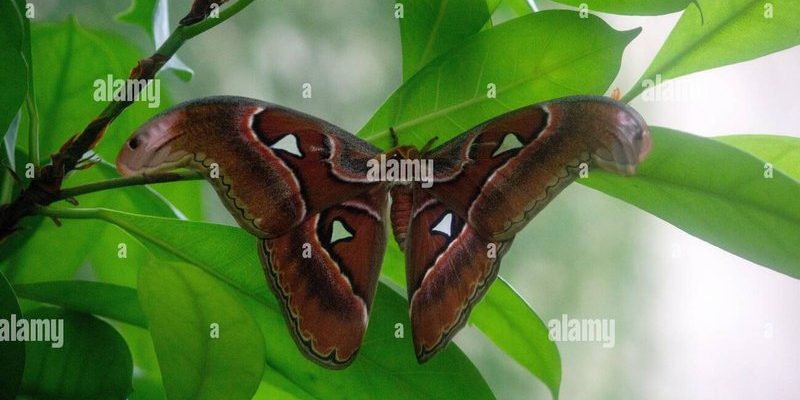
Imagine comparing Bombyx mori to its cousins in the silk-producing world. It’s like comparing a classic, luxury car to a reliable, everyday sedan. Each has its own strengths, uses, and quirks that set it apart. In this article, we’ll dive into the differences between Bombyx mori and other silk-producing species, shining a light on what makes this little wonder so special.
What is Bombyx Mori?
Bombyx mori, or the *domestic silk moth*, is primarily known for its ability to produce silk. Native to China, this species has been cultivated for thousands of years. It spends its entire life cycle in human care, making it quite different from its wild relatives.
Here’s a quick rundown of its life stages:
- Egg: Laid by adult female moths, these tiny eggs are the beginning of the journey.
- Larva: The caterpillar stage, where they munch on mulberry leaves, is crucial for silk production.
- Pupa: Enclosed in a silk cocoon, they undergo transformation into adult moths.
- Adult: The mature moths emerge to mate and lay eggs, continuing the cycle.
To put it simply, Bombyx mori is like the ultimate producer in the silk world, dedicated to creating that luxurious product we all adore.
Comparing Silk Production: Bombyx Mori vs. Wild Silk Moths
Not all silk is created equal. While Bombyx mori is known for its smooth, shiny silk, other species produce unique textures and qualities. Wild silk moths, like those from the *Antheraea* genus, spin a coarser silk, often with a more irregular appearance.
Think of it this way: if Bombyx mori is the high-end designer brand, wild silk moths are the artisanal brands you find at a local craft fair. They’re both valuable but cater to different markets and preferences.
Another interesting point is the volume of silk produced. Bombyx mori can yield about 600 to 900 meters of silk thread from a single cocoon. In contrast, some wild moths might produce a mere fraction of that. This makes Bombyx mori not just luxurious but also a more efficient choice for large-scale silk production.
Life Cycle Differences
The life cycle of Bombyx mori is highly controlled and artificial. Farmers raise these caterpillars in specific environments to maximize silk yield. They feed on mulberry leaves and grow rapidly, often resulting in several generations being produced in a single year.
In contrast, wild silk moths live in natural habitats and face the challenges of survival. Their cycle might be slower due to environmental factors like food availability, climate, and predators. For instance, wild moths may take longer to grow because they have to fend for themselves and deal with the ups and downs of the ecosystem.
This difference in life cycles means that Bombyx mori is more predictable for silk production, while wild silks might be more at the mercy of nature.
Silk Quality and Uses
Bombyx mori silk is renowned for its fine quality and luster. It’s soft, smooth, and easy to dye, making it a favorite for high-end fashion and luxury goods. Think of that beautiful silk blouse you love—the feel, the drape; it’s all thanks to Bombyx mori.
On the other hand, silk from wild species tends to be more textured, often with a natural color variation. This can add an earthy element to fabrics, making it a choice for artisans and designers looking for something unique.
Different types of silk serve distinct purposes. The fine silk from Bombyx mori is perfect for garments, while the coarser wild silk may be better suited for home décor or textiles where a rustic touch is desired.
Environmental Impact and Sustainability
Another key difference lies in how these moths impact the environment. Bombyx mori farming is an intensive agricultural practice that requires a lot of resources, including land and mulberry trees. This can lead to deforestation if not managed sustainably.
In contrast, wild silk moths often have lower environmental footprints, as they thrive in their natural habitats without the need for intensive care. This can make them more sustainable in specific contexts. However, it’s worth noting that overharvesting of wild silk can threaten their populations.
Choosing between Bombyx mori and wild silk involves considering not just quality and aesthetics but also the environmental impact and sustainability of your choices.
Economic Importance
Silk is a significant economic driver in many regions, with Bombyx mori as the star player. Countries like China, India, and Thailand rely heavily on silk production to fuel their economies. The industry provides jobs, supports local agriculture, and contributes to cultural heritage.
Wild silk production, while not as commercially dominant, still plays a role in local economies, especially in rural areas. It often represents a source of income for artisans and craftspeople who use wild silk to create unique, handcrafted products.
The economic importance underlines the differences in cultivation practices and market demands. While Bombyx mori caters to the mass market, wild silk appeals more to niche markets and handmade goods.
Future Trends in Silk Production
As more consumers become aware of sustainability, the silk industry is at a crossroads. There’s a growing interest in organic and wild silk, which could lead to a renaissance in traditional silk farming practices.
Bombyx mori farming is also evolving, with some farmers seeking to integrate sustainable practices into their operations. This could mean less impact on the environment while continuing to produce high-quality silk.
Ultimately, understanding the differences between Bombyx mori and other species can help consumers make more informed choices about the silk they purchase. Whether you lean towards the classic allure of Bombyx mori or the unique charm of wild silk, there’s a world of options waiting for you.
To sum it up, Bombyx mori is a fascinating creature with a rich story intertwined with human culture. Recognizing its differences from other silk-producing species can enhance your appreciation for the fabric that graces your life—whether it’s a luxurious scarf or a handmade artisan piece.

